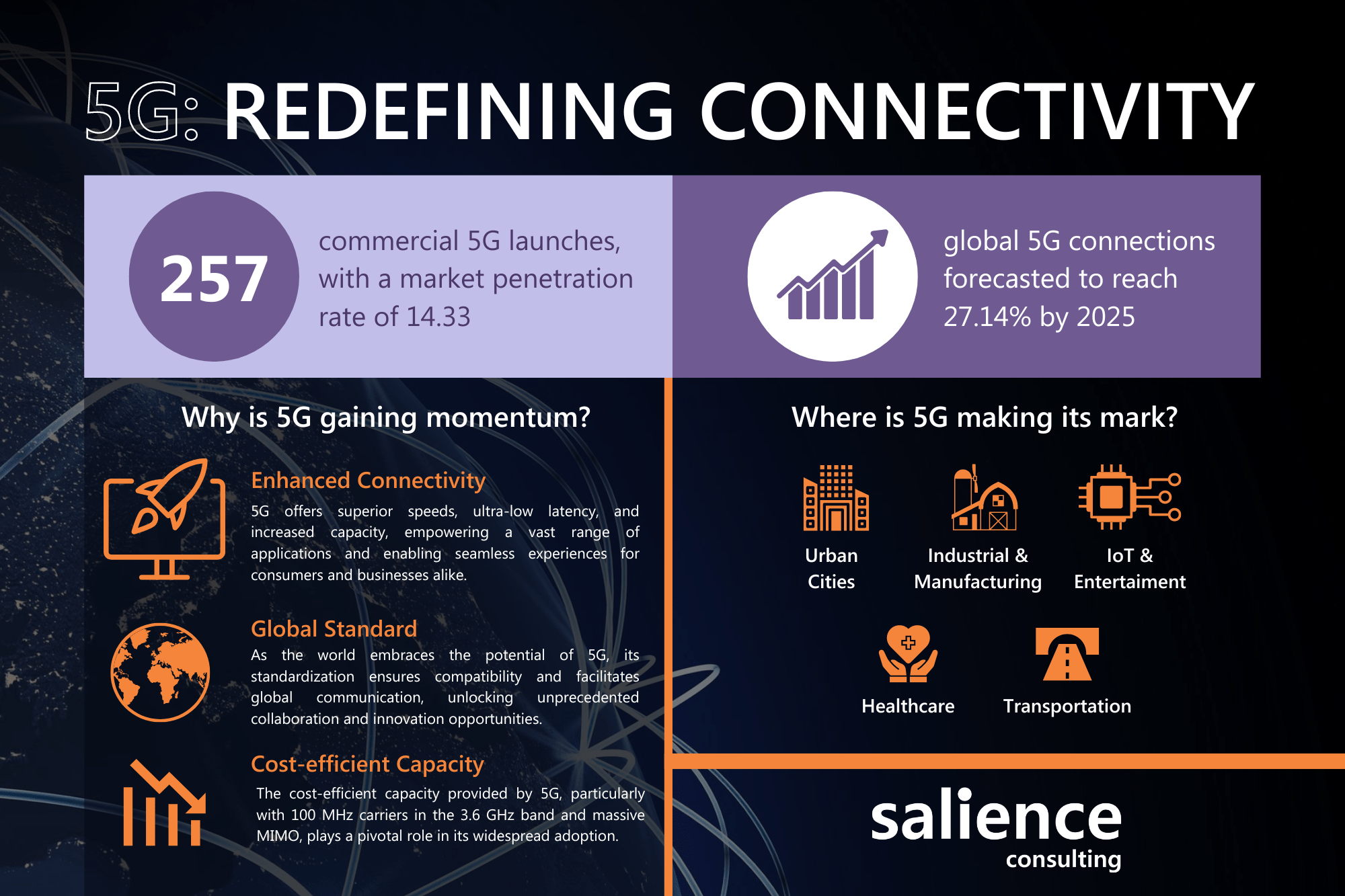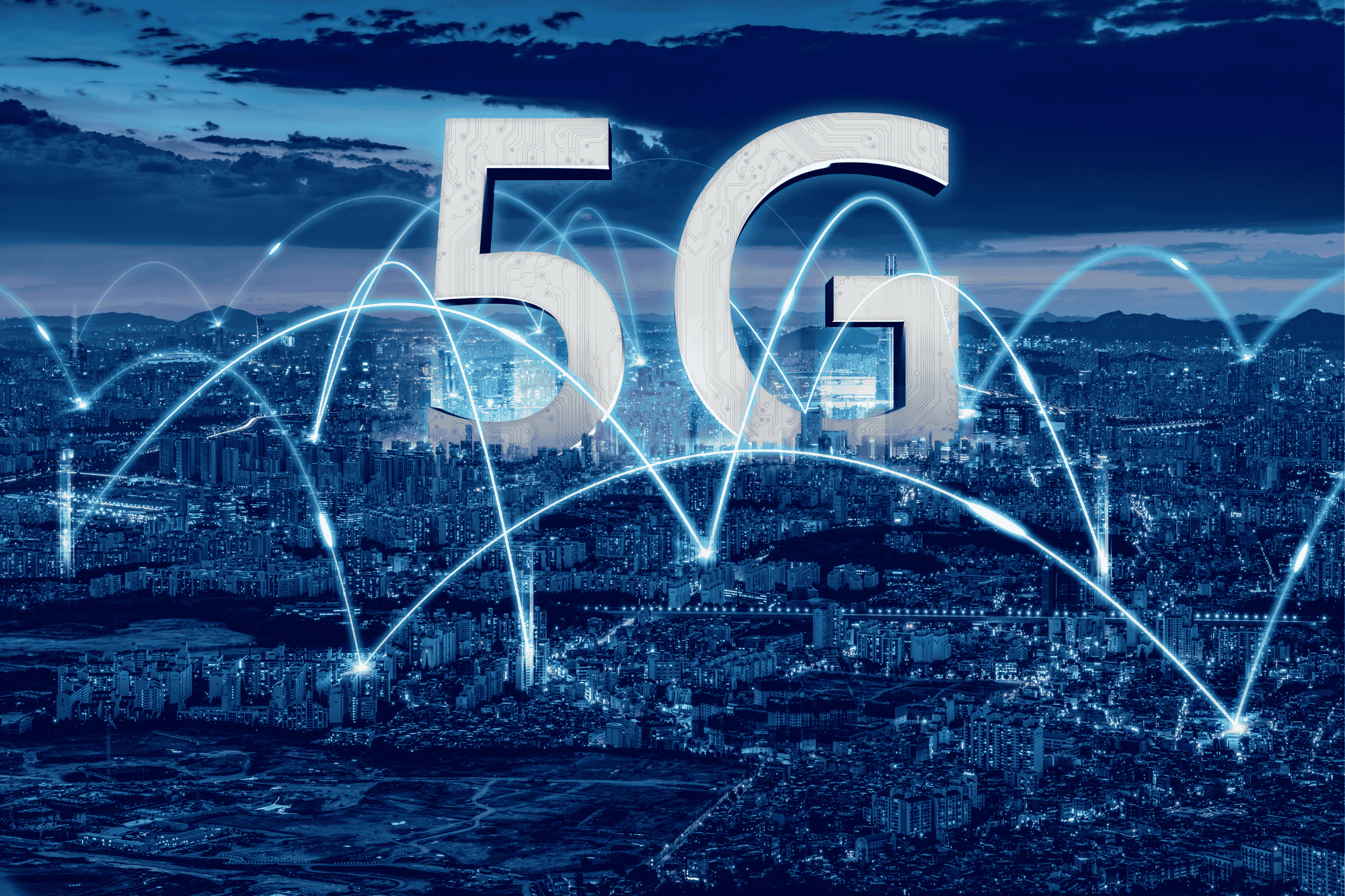In the digital age, cellular connectivity emerges as a game-changing solution, enabling connections for Internet of Things (IoT) devices and machine-to-machine (M2M) communication. With its wide coverage and reliable network infrastructure, cellular connectivity empowers seamless communication and connectivity, ensuring you stay connected to what matters, no matter where you are.
The 5G cellular network technology represents an advanced version of mobile internet connectivity that can provide faster and more reliable connections across a range of devices, including smartphones. It has the potential to transform transportation technology, and in addition to that, 5G holds immense potential in revolutionizing various sectors such as healthcare, manufacturing, and smart cities. From enabling telemedicine and remote surgeries to powering advanced robotics and IoT devices, 5G opens up a world of possibilities for innovation and transformative applications.
5G’s true driving force lies in its ability to significantly reduce the cost per ‘cost-per-bit’, fueling the migration to this next-generation technology. While the improved functionality offers new revenue opportunities, the cost-efficient capacity provided by 5G, particularly with 100 MHz carriers in the 3.6 GHz band and massive MIMO, plays a pivotal role in its widespread adoption.
With 257 commercial 5G launches and a remarkable 14.33% market penetration rate, 5G is reshaping our digital landscape. By 2025, global 5G connections are projected to reach a staggering 27.14%!
Beyond being a mere advancement in technology, 5G represents a fresh epoch where connectivity will evolve into a more seamless and adaptable experience. It will be able to adjust to various applications, ensuring that user requirements are met with utmost precision.


